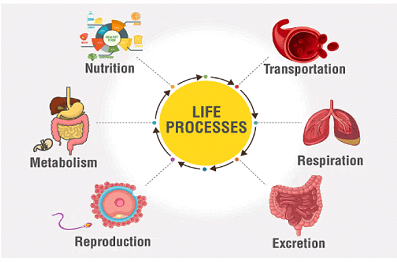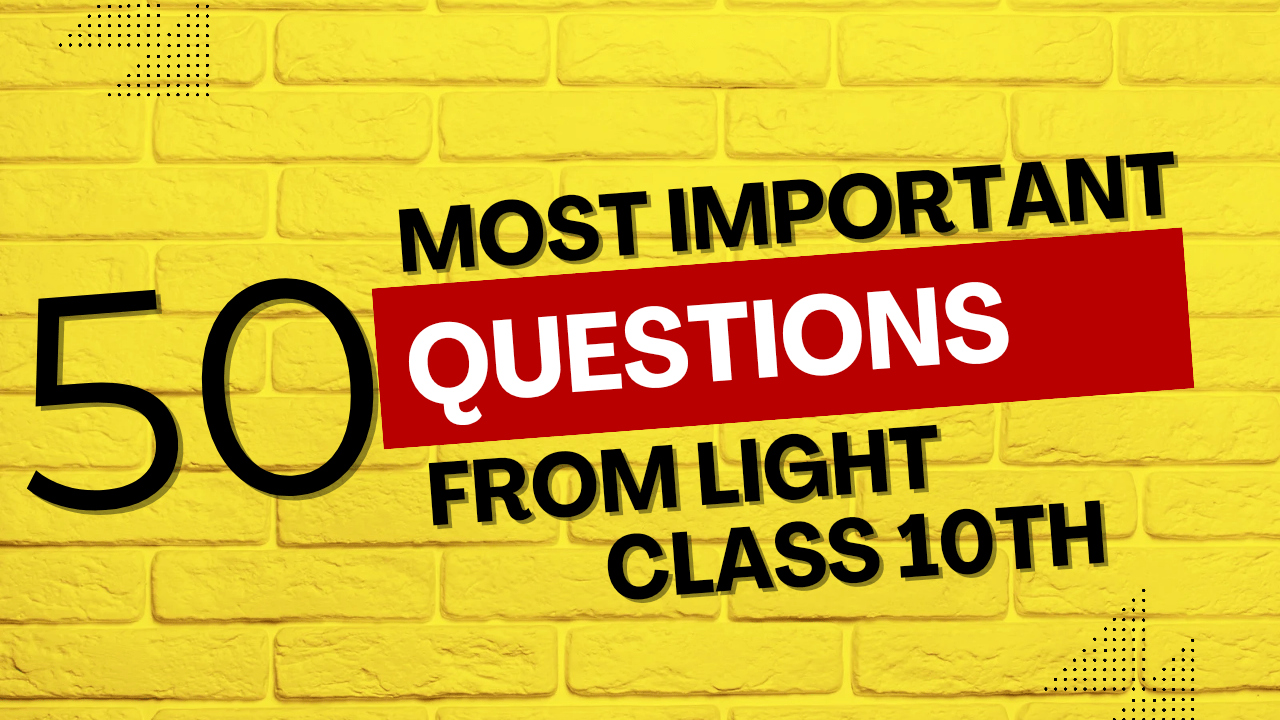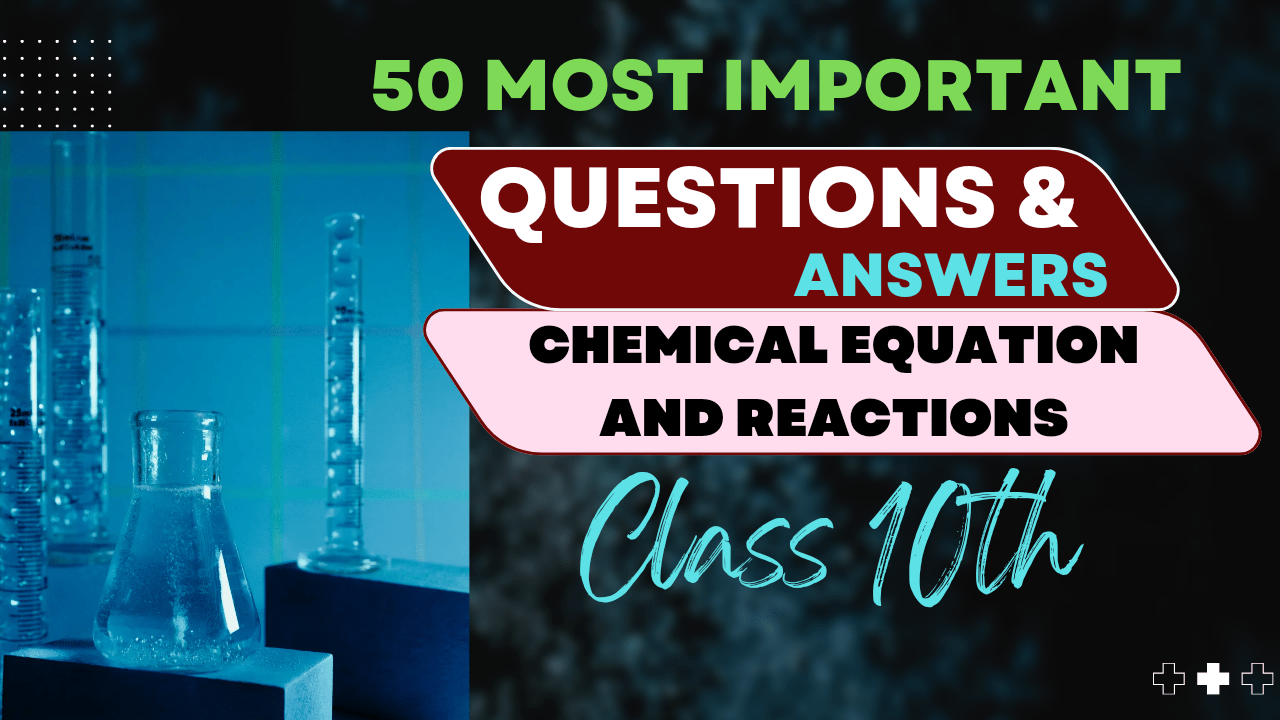Cause of Reactivity of Metals and Non-metals
Understanding the fundamental principles behind chemical reactivity
Introduction to Chemical Reactivity
Chemical reactivity refers to the tendency of elements to participate in chemical reactions. The position of an element in the periodic table largely determines its reactivity. But what exactly causes some elements to be highly reactive while others remain relatively inert? This blog post will explore the fundamental factors that determine the reactivity of metals and non-metals.
Key Question: Why does sodium react violently with water while gold doesn’t react at all?
Electronic Configuration: The Primary Factor
The electronic configuration of an atom is the most important factor that determines its reactivity. This arrangement of electrons in different energy levels or shells determines how easily an atom can lose, gain, or share electrons during chemical reactions.
Octet Rule
According to the octet rule, atoms tend to gain, lose, or share electrons to achieve a stable electron configuration with eight electrons in their outermost shell (similar to noble gases). This drive toward stability is what initiates chemical reactions.
Example: Sodium (Na) has one electron in its outermost shell. It can easily lose this electron to achieve the stable configuration of neon. This is why sodium is highly reactive.
Electronic configuration of sodium: 1s² 2s² 2p⁶ 3s¹
After losing one electron: 1s² 2s² 2p⁶ (like neon)
Causes of Reactivity in Metals
1. Number of Valence Electrons
Metals typically have 1-3 electrons in their outermost shell. These electrons are loosely held and can be easily donated, making metals generally reactive.
2. Low Ionization Energy
Ionization energy is the energy required to remove an electron from an atom. Metals have relatively low ionization energy, which means they can lose electrons more readily.
| Metal | Ionization Energy (kJ/mol) | Reactivity Level |
|---|---|---|
| Potassium (K) | 419 | Very high |
| Sodium (Na) | 496 | High |
| Calcium (Ca) | 590 | High |
| Magnesium (Mg) | 738 | Moderate |
| Aluminum (Al) | 578 | Moderate |
| Gold (Au) | 890 | Low |
3. Atomic Size and Nuclear Attraction
As we move down a group in the periodic table, atomic size increases. The outermost electrons in larger atoms are farther from the nucleus and experience less nuclear attraction, making them easier to lose. This explains why reactivity generally increases as we move down Group 1 (alkali metals) and Group 2 (alkaline earth metals).
Example: Potassium (K) is more reactive than sodium (Na) because it has a larger atomic radius, which means its valence electron is farther from the nucleus and more easily lost.
4. Electropositive Character
Metals tend to be electropositive, meaning they readily form positive ions by losing electrons. The more electropositive a metal is, the more reactive it tends to be.
Causes of Reactivity in Non-metals
1. Electron Affinity
Electron affinity is the energy released when an electron is added to a neutral atom. Non-metals generally have high electron affinities, meaning they readily gain electrons to complete their octet.
| Non-metal | Electron Affinity (kJ/mol) | Reactivity Level |
|---|---|---|
| Fluorine (F) | 328 | Very high |
| Chlorine (Cl) | 349 | High |
| Oxygen (O) | 141 | High |
| Sulfur (S) | 200 | Moderate |
| Nitrogen (N) | -7 | Moderate |
2. Electronegativity
Electronegativity is the ability of an atom to attract shared electrons in a chemical bond. Non-metals have high electronegativity, which makes them highly reactive, especially with metals.
Trend: Electronegativity generally increases as we move from left to right across a period and decreases as we move down a group in the periodic table.
3. Number of Valence Electrons
Non-metals typically have 4-7 electrons in their outermost shell. They tend to gain electrons to complete their octet, which makes them reactive.
Example: Chlorine (Cl) has 7 electrons in its outer shell. It needs just one more electron to achieve an octet configuration, making it highly reactive, especially with metals that can donate electrons.
Electronic configuration of chlorine: 1s² 2s² 2p⁶ 3s² 3p⁵
After gaining one electron: 1s² 2s² 2p⁶ 3s² 3p⁶ (like argon)
Comparative Analysis: Metals vs. Non-metals
| Property | Metals | Non-metals |
|---|---|---|
| Tendency | Lose electrons (oxidation) | Gain electrons (reduction) |
| Valence electrons | 1-3 (loosely held) | 4-7 (tightly held) |
| Ionization energy | Low | High |
| Electron affinity | Low | High |
| Electronegativity | Low | High |
| Resulting ions | Positive ions (cations) | Negative ions (anions) |
Electronegativity and Reactivity
Electronegativity plays a crucial role in determining the type of bonding between elements and their reactivity. The difference in electronegativity between two atoms determines whether they will form ionic, polar covalent, or non-polar covalent bonds.
Electronegativity Difference and Bond Type
- Difference > 1.7: Ionic bond (typical for metal + non-metal)
- Difference 0.4-1.7: Polar covalent bond
- Difference < 0.4: Non-polar covalent bond (typical for non-metal + non-metal)
Example: Sodium (EN = 0.9) and Chlorine (EN = 3.0) have an electronegativity difference of 2.1, forming an ionic bond in NaCl.
Example: Carbon (EN = 2.5) and Oxygen (EN = 3.5) have an electronegativity difference of 1.0, forming a polar covalent bond in CO₂.
Practical Examples of Reactivity
Highly Reactive Metals
Potassium (K): Reacts violently with water to produce potassium hydroxide and hydrogen gas. The reaction is so exothermic that the hydrogen gas ignites immediately.
Sodium (Na): Also reacts vigorously with water, though less violently than potassium.
Moderately Reactive Metals
Magnesium (Mg): Reacts with steam (not cold water) to produce magnesium oxide and hydrogen.
Zinc (Zn): Reacts with acids but not with water under normal conditions.
Reactive Non-metals
Chlorine (Cl₂): Highly reactive, especially with metals to form metal chlorides.
Oxygen (O₂): Readily combines with many elements in combustion reactions.
Factors That Modify Reactivity
1. Temperature
Higher temperatures generally increase reactivity by providing more energy for reactions to overcome activation energy barriers.
2. Surface Area
Larger surface areas expose more atoms to potential reactions, increasing reactivity. This is why powdered metals react more vigorously than solid metal blocks.
3. Presence of Catalysts
Catalysts lower the activation energy required for a reaction, increasing the rate of reaction without being consumed.
4. Formation of Oxide Layers
Some metals (like aluminum) form a protective oxide layer that prevents further reaction, reducing apparent reactivity despite their position in the reactivity series.
Exam-Oriented Questions and Answers
Question 1: Why is potassium more reactive than sodium despite both being in Group 1?
Answer: Potassium is more reactive than sodium because it has a larger atomic radius. The valence electron in potassium is farther from the nucleus and experiences less nuclear attraction, making it easier to lose. This is part of the general trend of increasing reactivity as we move down Group 1.
Question 2: Explain why copper is less reactive than zinc.
Answer: Copper (electronic configuration: [Ar] 3d¹⁰ 4s¹) has a completely filled d-orbital and only one electron in its s-orbital. This electronic arrangement is relatively stable, making it difficult for copper to lose electrons. Zinc (electronic configuration: [Ar] 3d¹⁰ 4s²) has two electrons in its outermost shell that are more readily lost, making it more reactive than copper.
Question 3: Why is fluorine the most reactive non-metal despite chlorine having a higher electron affinity?
Answer: Though chlorine has a higher electron affinity, fluorine is more reactive due to:
1. Its extremely high electronegativity (the highest of all elements)
2. The small size of the fluorine atom, which leads to strong electron-electron repulsion in the valence shell
3. Weaker F-F bond compared to Cl-Cl bond, making it easier to break and participate in reactions
Question 4: How does electronic configuration explain the low reactivity of noble gases?
Answer: Noble gases (Group 18 elements) already have a complete octet (8 electrons) in their outermost shell (except for helium, which has a complete duet with 2 electrons). This electron configuration is extremely stable, giving noble gases little tendency to gain, lose, or share electrons. Hence, they are chemically inert under normal conditions.
Question 5: Explain the decreasing order of reactivity: K > Na > Mg > Al.
Answer: This trend can be explained as follows:
• K and Na are Group 1 metals with one valence electron. K has a larger atomic radius than Na, making it easier to lose its valence electron, thus K is more reactive than Na.
• Mg (Group 2) has two valence electrons and a smaller atomic radius than Na, creating stronger nuclear attraction to the valence electrons, making it harder to lose electrons than Na.
• Al (Group 13) has three valence electrons and smaller atomic radius than Mg, resulting in even stronger nuclear attraction to valence electrons, making it less reactive than Mg.
Summary: Key Factors Affecting Reactivity
For Metals:
- Fewer valence electrons (1-3) increases reactivity
- Lower ionization energy increases reactivity
- Larger atomic radius (down a group) increases reactivity
- Higher electropositive character increases reactivity
For Non-metals:
- More valence electrons (closer to 7) generally increases reactivity
- Higher electron affinity increases reactivity
- Higher electronegativity increases reactivity
- Smaller atomic radius (up a group) generally increases reactivity
Remember: The cause of reactivity ultimately comes down to how easily atoms can achieve a stable electron configuration (usually an octet in the outermost shell) by losing, gaining, or sharing electrons.



